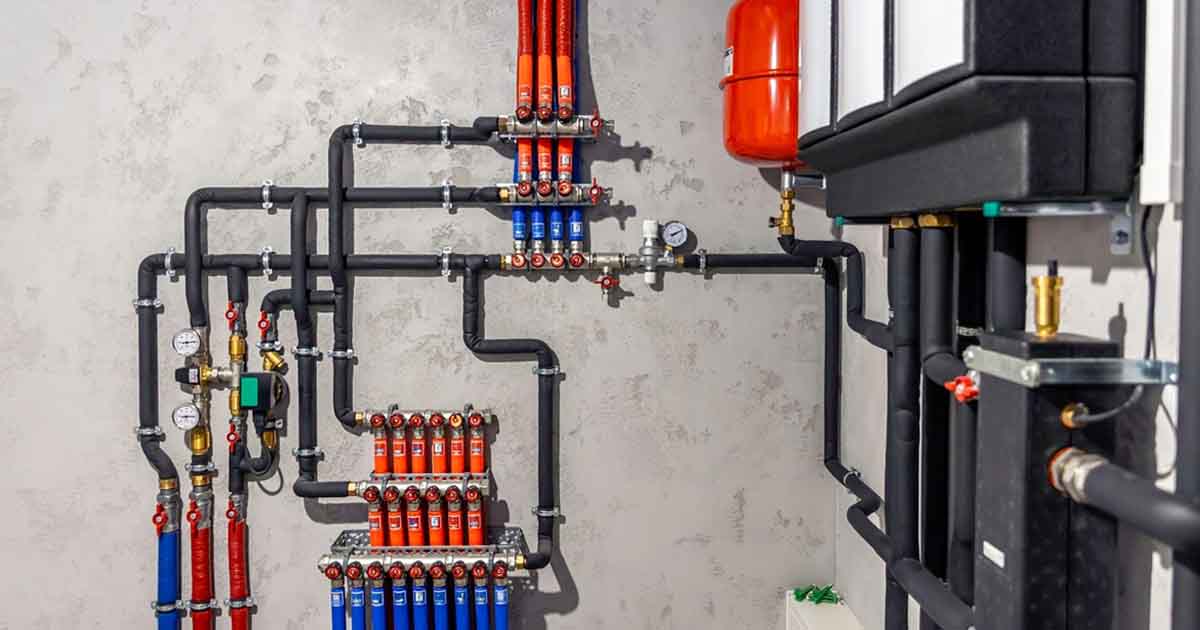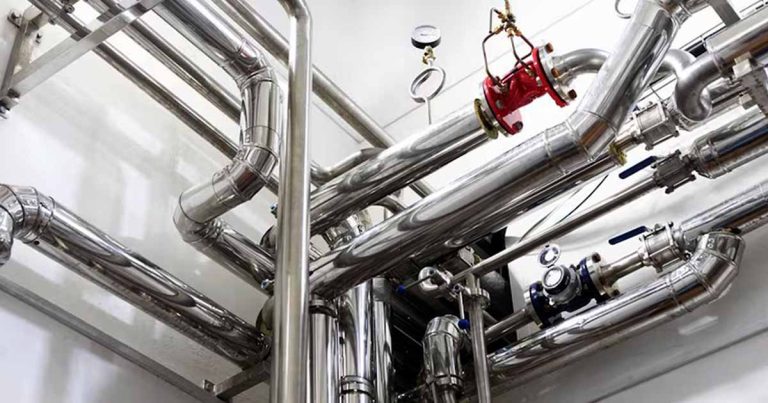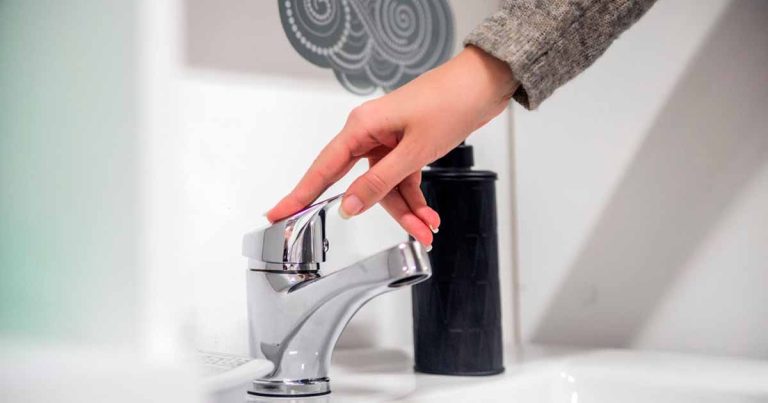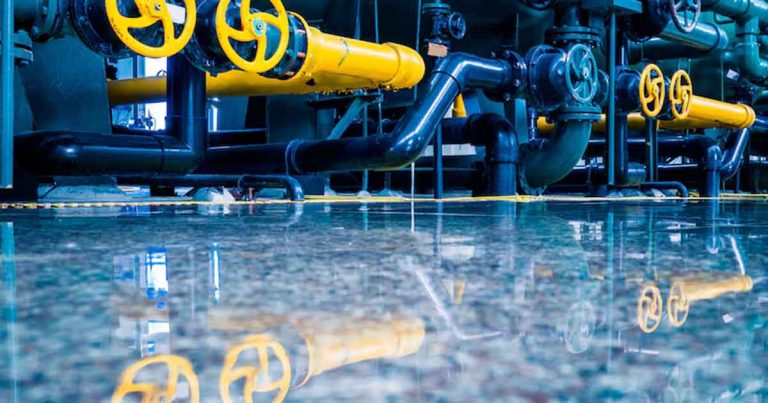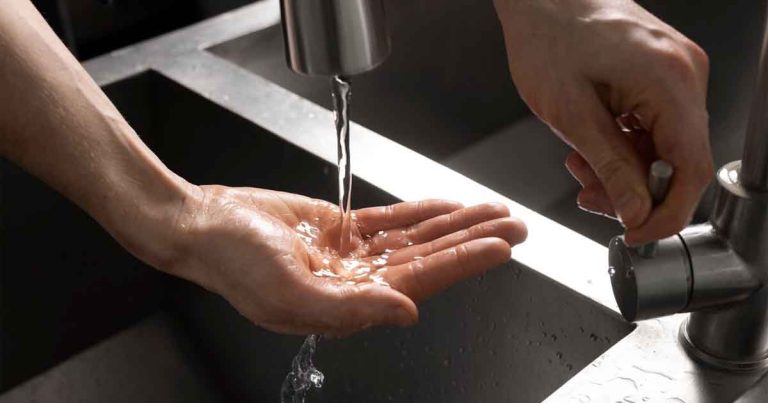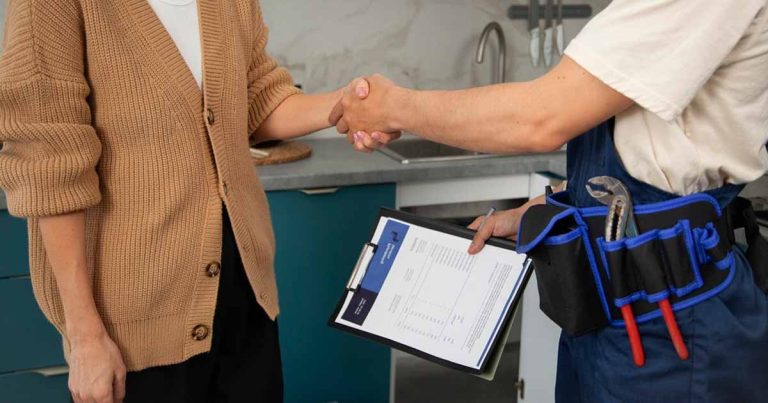Plumbing System 101: Understanding How Water & Waste Flow in Your Home
Every homeowner relies on a functional plumbing system daily, yet most people rarely think about how this crucial infrastructure works—until something goes wrong. Understanding the basics of your home’s plumbing system can help you prevent common problems and know when professional help is necessary.
Table of Contents
Key Components of Your Home Plumbing System
Water Supply System (Fresh Water Delivery)
Freshwater reaches your home via a municipal supply or private well, entering through a main water line controlled by a main shutoff valve. Pressure regulators ensure water flows at the proper pressure, typically between 40 and 60 psi. Pipes carrying fresh water are usually made of copper, PVC, PEX, or occasionally galvanized steel, each with pros and cons.
Typical water supply issues include leaks, low water pressure, and pipe corrosion—problems that regular inspection and maintenance can often prevent.
Plumbing Fixtures & Appliances
Every fixture and appliance in your home, including faucets, toilets, showers, dishwashers, washing machines, and water heaters, is connected to your home’s fresh water supply system. Fixtures are designed to provide controlled water delivery and efficient operation. Common fixture issues involve leaks, drips, and performance problems, all of which can be fixed with proper maintenance or professional repairs.
Drainage and Waste System
After water is used, it becomes wastewater that must exit your home safely and efficiently. Drain pipes guide wastewater away using gravity. Drain traps (P-traps) under sinks and toilets prevent sewer gases from entering your home, and vent pipes maintain proper air pressure in the system. The wastewater then moves through your main sewer line to municipal sewers or your private septic system. Issues like clogged drains, slow drainage, and sewer odors commonly indicate drainage problems.
Understanding Your Home’s Plumbing Flow (Step-by-Step)
- Fresh water enters the main line from the city supply or a private well.
- The water passes the main shutoff valve, allowing easy emergency water shutoff.
- The water heater heats some water for use in fixtures requiring hot water.
- Water is delivered to fixtures and appliances throughout your home.
- Wastewater drains from fixtures via drain pipes.
- Wastewater flows through drain traps and exits through the main sewer line.
- Vent pipes keep the system balanced and prevent slow drains or odors.
Common Plumbing Problems in Residential Systems
| Issue | Symptoms | Possible Solutions |
|---|---|---|
| Leaky faucets | Dripping, water wastage | Replace the washer, cartridge, or faucet |
| Clogged drains | Slow draining, backups | Plunging, drain snake, professional cleaning |
| Low water pressure | Weak flow at faucets or showers | Inspect pressure valve, pipes, fixtures |
| Burst or frozen pipes | Flooding, reduced/no flow | Emergency shut-off, professional repairs |
| Sewer odors | Unpleasant smells from drains | Inspect drain traps or vent pipes |
DIY Plumbing Tips for Homeowners
- Regularly inspect visible pipes for leaks or corrosion.
- Flush your water heater annually to remove sediment.
- Avoid pouring grease or oils down drains to prevent clogs.
- Check water pressure regularly to spot potential issues early.
- Familiarize yourself with your home’s main shutoff valve.
When to Call a Professional Plumber
While many minor plumbing issues can be handled independently, certain situations require professional expertise:
- Persistent or severe clogs
- Leaks hidden within walls or under floors
- Persistent low water pressure
- Issues with gas lines or water heaters
- Sewer line backups or failures
- Comprehensive plumbing inspections
Frequently Asked Questions
Understanding your home’s plumbing basics empowers you to maintain a safe, functional environment and recognize issues early. Whether you’re facing an immediate plumbing concern or looking to prevent future problems, professional help ensures long-term reliability.
Need a reliable plumber in New York? Contact NYC Plumbing Solutions 24/7 at +1-332-233-7252 or visit our Contact Page today.

